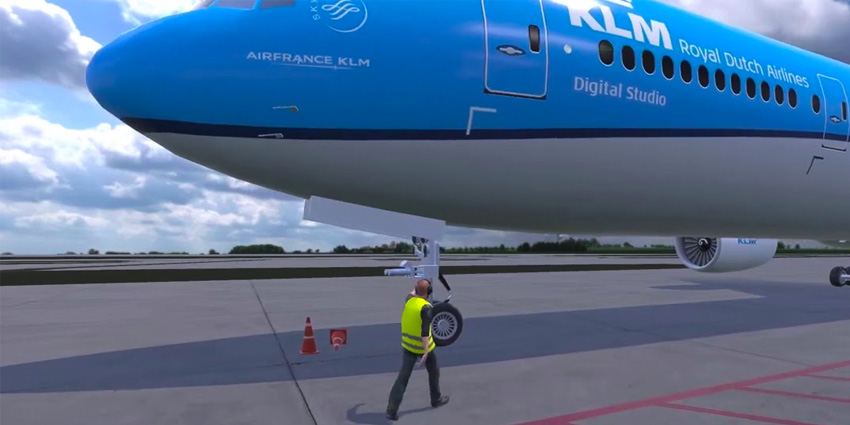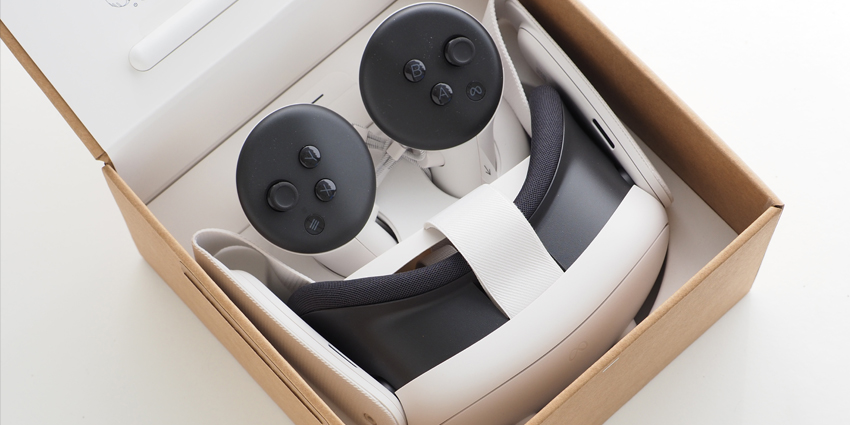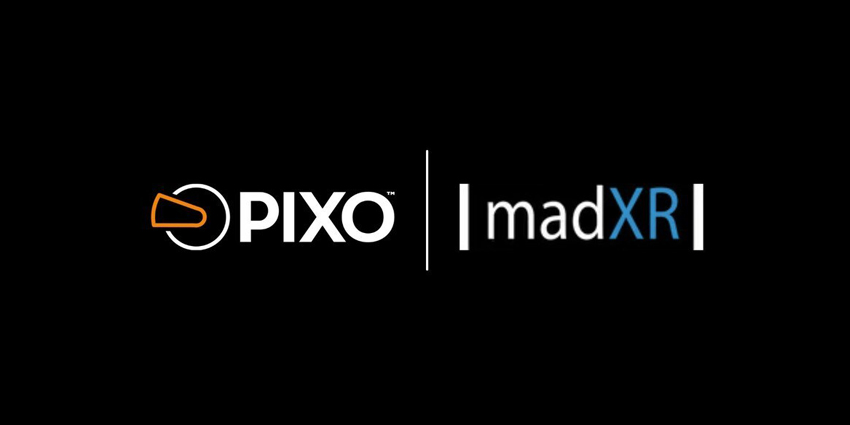The economic impact of COVID-19 on the airline sector over the last 12 months has been catastrophic, to say the least.
According to a recent report, international passenger traffic dropped by more than 60% in 2020, setting the industry back by almost 20 years and forcing many airlines to ground their planes forever.
For companies like KLM, however, the implementation of virtual reality technology has provided immense value at helping the Dutch airline heal its wounds and prepare for life after the pandemic.
Since October 2020, KLM has been using VR technology to work more efficiently, cut back on overall spending, and continue vital training operations when movement and human-to-human contact are heavily restricted.
Over the last six months, KLM has rapidly ramped up its investments in virtual reality training for many employees across the spectrum, from cabin crews and baggage handlers right through to engineers and pilots.
While the restrictions cannot continue forever, the harmful impact the COVID-19 pandemic has had on the airline sector will continue rippling through the industry for many years to come. Substantial financial losses mean companies will have to completely reassess their spending strategy in the future to survive in an uncertain and utterly unfamiliar world.
While we still have no fixed dates for when the flight economy will start up again in total, that same source (along with many others) added the “most optimistic scenario” is June 2021. After this point, passenger numbers are expected to recover to 71% of their 2019 levels (51% for international and 84% for domestic).
Until then, KLM will continue focusing on developing new and innovative ways to train its employees in VR.
Using the Oculus Quest 2 for Business headset, KLM currently creates virtual simulations of cockpits for pilot training. Simultaneously, the company is also using HTC Vive Pro and Vale Index for flight safety training and pushback training, respectively.
Speaking to the Business Review last December, Jae Grant Maloney, New Technology Consultant at KLM, added: “we will continue to develop the existing courses, for instance, by adding a multi-player mode to the cockpit training. We are also looking into getting the VR cockpit training certified by EASA, which would then eventually replace some of the standard training components, such as classroom instruction and textbooks.”
“Our ideas for the near future are to develop an Engine Run-up training for Engineering & Maintenance employees so they can learn in VR how to start airplane engines as part of the maintenance procedure and Airplane Post Evacuation training for cabin crew, where they learn the procedures for landing on water for example. We will also make some of the VR courses available for educational purposes at Intermediate and Higher Vocational Education institutions in the Netherlands,” he added.
As with many other organizations from many verticals worldwide, KLM has quickly realized the massive value of virtual reality training in the current and post-COVID world.
While many people thought of VR as a fad that would fizzle out after the hype died down, it’s now clear to see how this technology will shape the enterprise world of tomorrow on countless levels – and this is still only the beginning!
For all the latest virtual reality news, be sure to sign up for XR Today’s newsletter now and receive all the hottest headlines direct to your inbox every week for free.







